XPRO® Technical Impact Extrication Glove | Alif-Impactpro 9ARMOTC2 RESCUE
Brand: XPRO®
Alif-Impactpro 9ARMOTC2 RESCUE


Brand: XPRO®
XPRO® Technical Impact Extrication Glove | Alif-Impactpro 9ARMOTC2 RESCUE
Alif-Impactpro 9ARMOTC2 RESCUE
Alif-Impactpro 9ARMOTC2 RESCUE gloves offer impact protection, high-cut resistance & rugged design for tough rescue operations.
Price:
Performance ratings
EN388:2016 4X44FP
EN 388 2016 Results: 4X44FP
Abrasion: 4
Cut (Coupe Test): X
Tear: 4
Puncture: 4
Cut (TDM-100 Test): F
Impact Protection: P
EN 388 is a European Standard. Cut Level is determined by the number of cycles it takes a spinning circular blade, that is pulled across the material under a constant weight of 500 grams, to cut the fabric. As the number of cycles increase, so does the glove’s ratings.
ABRASION 4
ANSI Abrasion Level: 4
Test Method: ASTM D3389-10
The ANSI/ISEA 105-2016 standard outlines test methods for abrasion and is scored from 0-6. The ASTM D3389-10 is used for uncoated gloves and the end point (failure) is the number of abrasion cycles when the first thread or yarn is broken. The larger numbers of cycles indicate greater abrasion resistance of the product and a higher ANSI Abrasion Level.
CUT A5
ANSI Cut Level: A5
New edition ANSI/ISEA 105-2016 outlines a new test method for determining cut scores and a revised scale from A1-A9.
PUNCTURE 4
ANSI Puncture Level: 4
The ANSI/ISEA 105-2016 blunt force puncture testing uses a probe to simulate a tear or burst hazard. The test measures the amount of force needed for a blunt probe to pierce through PPE material. Results are given in Newtons, which is converted into a 1-5 scale and spans from 10 newtons (Level 1) to 150+ newtons (Level 5) of puncture resistance.
IMPACT 2
ANSI Impact Level: 2
ANSI/ISEA 138 is a new, voluntary standard for the North American market designed to accurately classify different levels of impact protection offered by the impact-resistant gloves on the market.
EN ISO 21420:2020
The EN ISO 21420:2020 standard outlines the general requirements and test methods for protective gloves. It covers aspects such as design, construction, comfort, efficiency, and safety, ensuring gloves meet necessary performance criteria. This standard applies to all protective gloves, including those used in industrial environments, and replaces the previous EN 420:2003 standard.
European conformity
The CE mark (Conformité Européenne) indicates that a safety product meets the essential health, safety, and environmental protection requirements of the European Economic Area (EEA). It ensures that the product complies with relevant EU directives and can be sold freely within the EEA, providing assurance of its safety and quality.
Category II
Category II (Cat II) gloves are designed for intermediate risks, meaning they provide protection against mechanical, thermal, or chemical hazards but are not intended for extreme dangers. These gloves must be tested and type-approved by an EU-recognized institute and labeled with pictograms indicating their protective functions.
EN388:2016 4X44FP
EN 388 2016 Results: 4X44FP
Abrasion: 4
Cut (Coupe Test): X
Tear: 4
Puncture: 4
Cut (TDM-100 Test): F
Impact Protection: P
EN 388 is a European Standard. Cut Level is determined by the number of cycles it takes a spinning circular blade, that is pulled across the material under a constant weight of 500 grams, to cut the fabric. As the number of cycles increase, so does the glove’s ratings.
ABRASION 4
ANSI Abrasion Level: 4
Test Method: ASTM D3389-10
The ANSI/ISEA 105-2016 standard outlines test methods for abrasion and is scored from 0-6. The ASTM D3389-10 is used for uncoated gloves and the end point (failure) is the number of abrasion cycles when the first thread or yarn is broken. The larger numbers of cycles indicate greater abrasion resistance of the product and a higher ANSI Abrasion Level.
CUT A5
ANSI Cut Level: A5
New edition ANSI/ISEA 105-2016 outlines a new test method for determining cut scores and a revised scale from A1-A9.
PUNCTURE 4
ANSI Puncture Level: 4
The ANSI/ISEA 105-2016 blunt force puncture testing uses a probe to simulate a tear or burst hazard. The test measures the amount of force needed for a blunt probe to pierce through PPE material. Results are given in Newtons, which is converted into a 1-5 scale and spans from 10 newtons (Level 1) to 150+ newtons (Level 5) of puncture resistance.
IMPACT 2
ANSI Impact Level: 2
ANSI/ISEA 138 is a new, voluntary standard for the North American market designed to accurately classify different levels of impact protection offered by the impact-resistant gloves on the market.
EN ISO 21420:2020
The EN ISO 21420:2020 standard outlines the general requirements and test methods for protective gloves. It covers aspects such as design, construction, comfort, efficiency, and safety, ensuring gloves meet necessary performance criteria. This standard applies to all protective gloves, including those used in industrial environments, and replaces the previous EN 420:2003 standard.
European conformity
The CE mark (Conformité Européenne) indicates that a safety product meets the essential health, safety, and environmental protection requirements of the European Economic Area (EEA). It ensures that the product complies with relevant EU directives and can be sold freely within the EEA, providing assurance of its safety and quality.
Category II
Category II (Cat II) gloves are designed for intermediate risks, meaning they provide protection against mechanical, thermal, or chemical hazards but are not intended for extreme dangers. These gloves must be tested and type-approved by an EU-recognized institute and labeled with pictograms indicating their protective functions.
- TPR Impact Protection: Level 2 protection on the back of the hand safeguards against heavy impacts.
- Armortex® Kevlar®/Aramid Palms: Provides superior abrasion resistance and durability.
- ANSI A5 Cut-Level Protection: Shields hands from sharp objects with advanced safety.
- Level 4 Puncture Resistance: Ensures protection against hazardous punctures.
- Hi-Vis Fabric Components: Enhances visibility for improved safety in the field.
- Reinforced Thumb Crotch: Adds extra durability in high-wear areas.
- Wet & Dry Grip: Ensures secure handling in all conditions.
- Neoprene Cushioned Cuff: Allows easy donning and added comfort.
- Strong, Rugged Design: Built for extreme environments without compromising dexterity.
Application Names: Oil Field, Mining, Rescue Operations, Drilling, Rigging, Construction, Railroads
Trade Names: Industrial Safety Equipment, Oil & Gas Protective Gear, Mining Safety Gloves, Heavy-Duty Work Gloves, High-Impact Protective Gloves
Hazard Protection: Impact Resistance, Cut Protection (ANSI A5), Puncture Resistance (Level 4), Abrasion Resistance, Grip Enhancement (Wet & Dry), High-Visibility Safety



